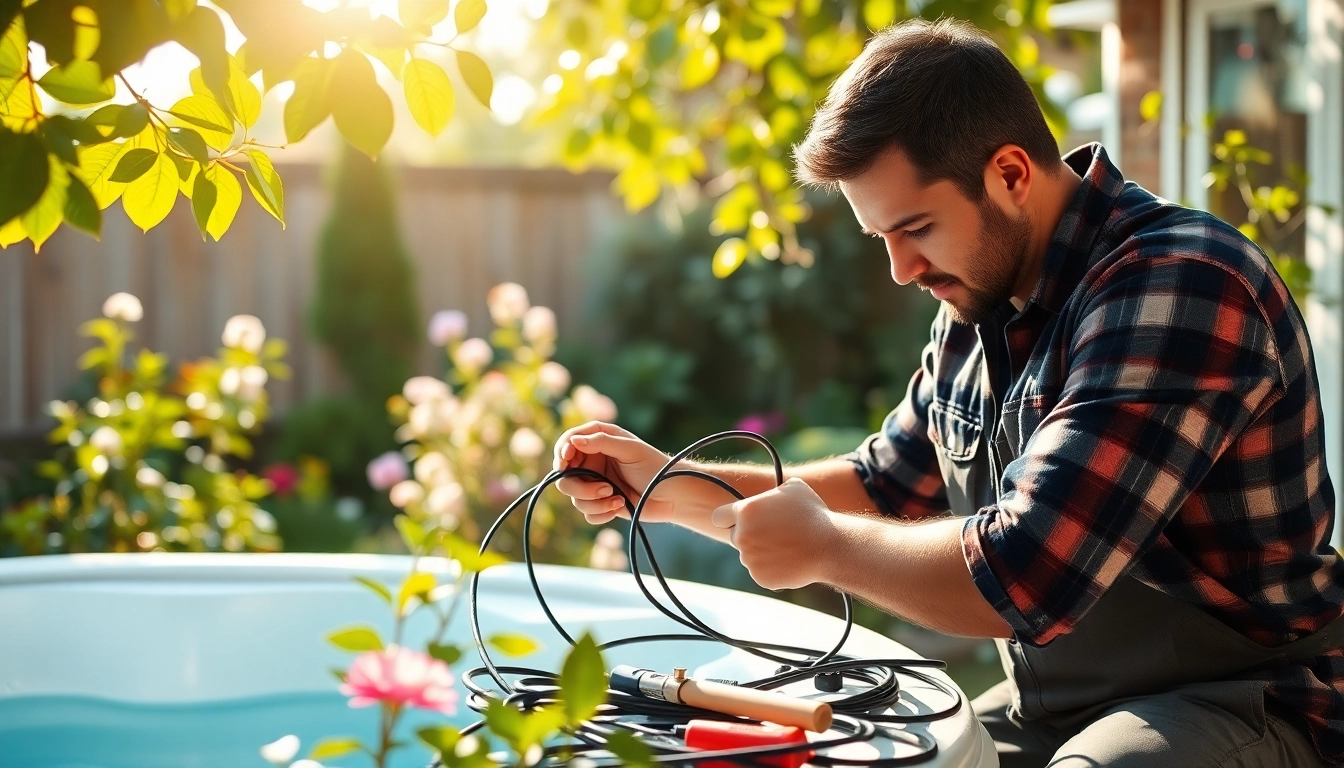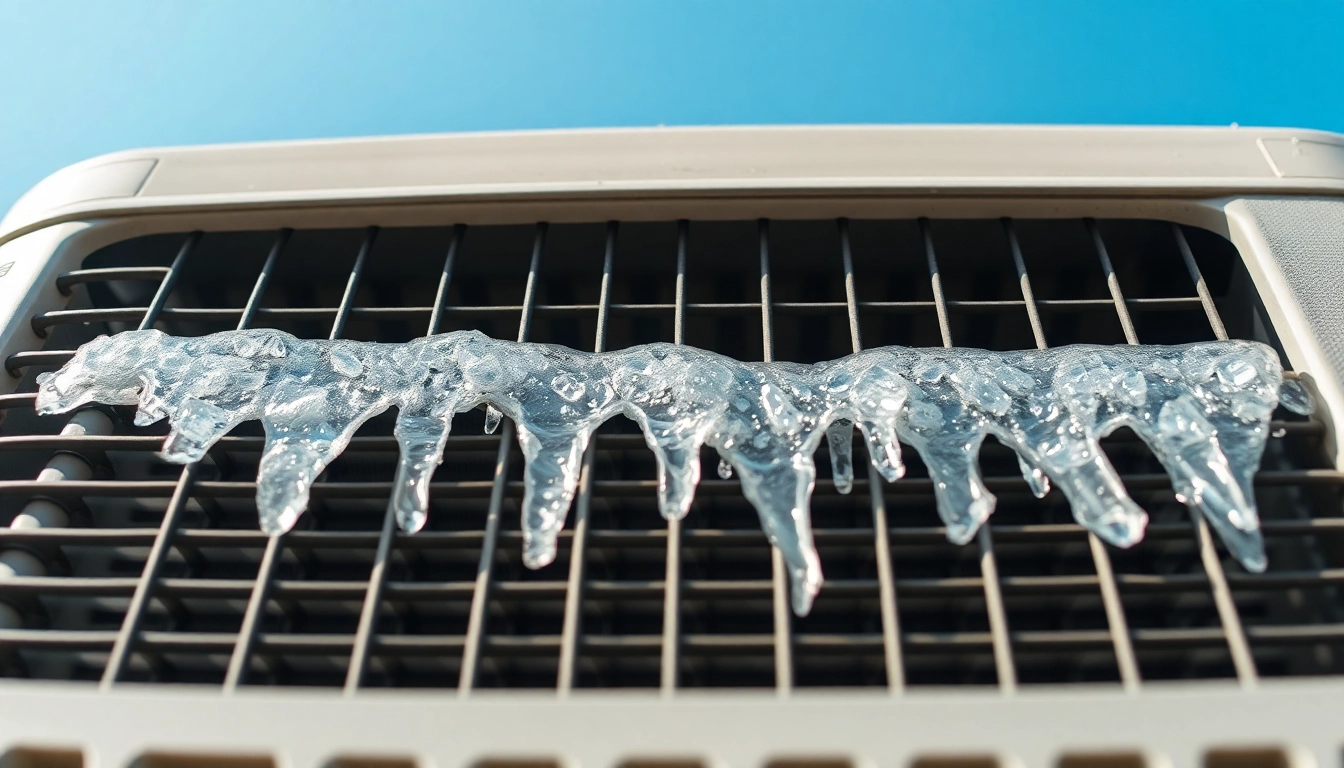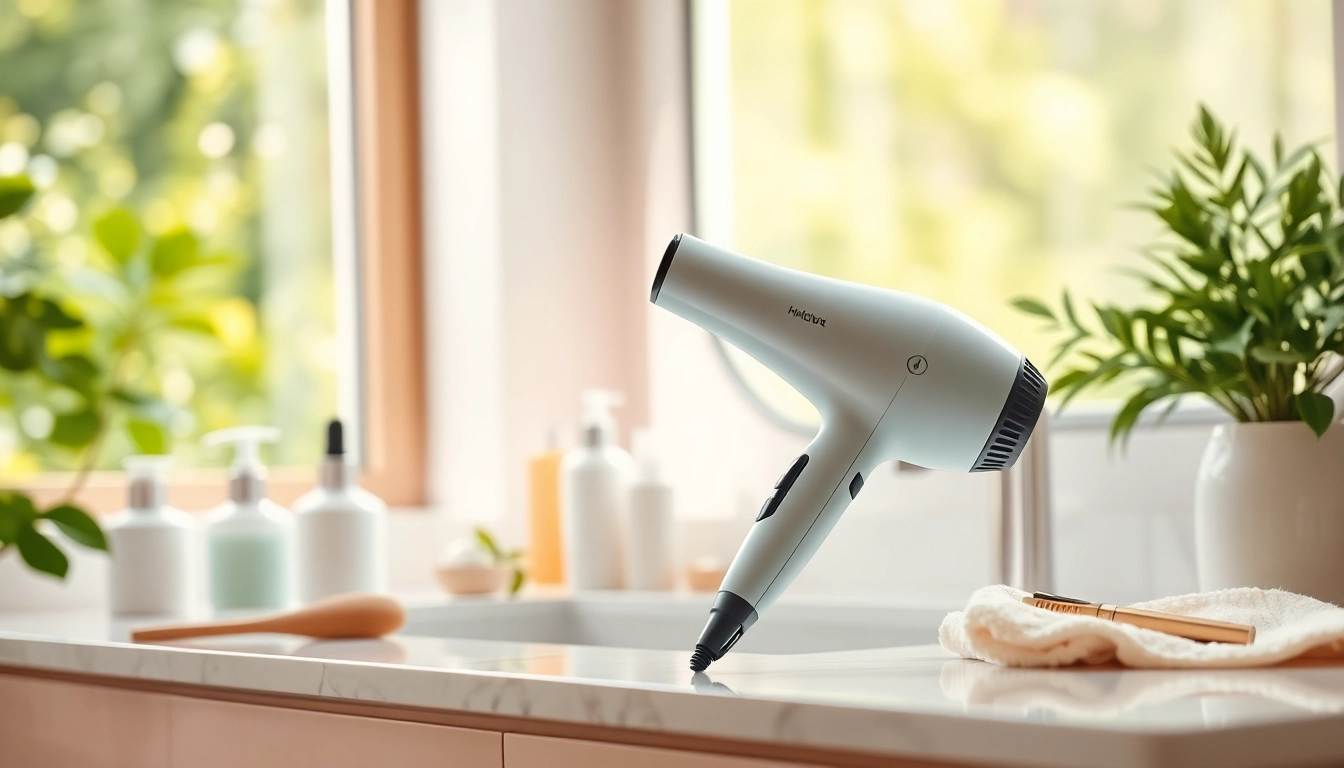Understanding Hot Tub Electrical Wiring Fundamentals
Importance of Proper Wiring for Hot Tubs
Installing a hot tub in your backyard is an exciting project that promises relaxation and enjoyment. However, the most critical aspect of setting up a hot tub is ensuring that the hot tub electrical wiring is done correctly. Proper wiring not only guarantees that your hot tub operates efficiently but also ensures safety and compliance with local regulations. Using adequate wire size, circuit breakers, and grounding methods can preserve the longevity of the system while preventing dangerous electrical hazards. Furthermore, improper installation can lead to expensive repairs or even void warranties.
Key Electrical Components of Hot Tubs
Understanding the various components of a hot tub’s electrical system is crucial for correct wiring. Here are the primary elements:
- Circuit Breaker: A crucial safety device that disconnects power during overload to protect the system.
- GFCI (Ground Fault Circuit Interrupter): Provides additional protection against electrical shocks by detecting ground faults.
- Electrical Panel: Connects the hot tub to the main electrical supply of the home.
- Transformer: Converts high voltage to a safe level for the hot tub’s controls and lights.
- Wiring: The type and gauge determine the efficiency and safety of the electrical current delivered to the hot tub.
Common Wiring Terminology Explained
Familiarizing yourself with wiring terminology is essential. Here are some key terms to know:
- Amperage: Measure of the electrical current.
- Voltage: The electrical potential difference; typically 120V or 240V for hot tubs.
- Gauge: Refers to the thickness of the wire; lower gauge means thicker wire, suitable for higher amperage.
- Conduit: Protective tubing for wires, essential for safety and protection from moisture.
Safety Guidelines for Hot Tub Electrical Wiring
Essential Safety Precautions Before Installation
Before proceeding with the installation of your hot tub’s electrical system, take the following precautions:
- Check local electrical codes to ensure compliance and safety.
- Consult with or hire a licensed electrician to confirm that all connections are secure and meet safety standards.
- Review the hot tub manufacturer’s installation instructions thoroughly.
Water and Electricity: Avoiding Hazards
Water and electricity are a dangerous combination. To minimize risks, follow these tips:
- Ensure all outdoor wiring is rated for wet locations.
- Connect your hot tub using GFCI-protected circuits.
- Keep electrical panels dry and well-ventilated.
- Position the hot tub at least 5 feet away from nearby electrical sources to minimize shock risk.
Local Codes and Compliance for Wiring
Every region has specific codes regulating hot tub electrical wiring. Always check the following:
- National Electrical Code (NEC) in the U.S. serves as a basis for local codes.
- Local building codes may have additional requirements, including specific amperage needs.
- Obtaining necessary permits before installation is critical to ensure compliance and safety.
Steps to Install Hot Tub Electrical Wiring
Preparing the Site for Installation
Preparation is essential for a successful installation. Here’s how to get started:
- Choose a flat, stable location for the hot tub, ensuring it is free from debris and sharp objects.
- Mark the locations where electrical conduits, outlets, and the wire path will be placed.
- Consider accessibility for maintenance and future inspections when determining the placement of fixtures.
Choosing the Right Materials for Wiring
Selecting suitable materials is essential for safety and functionality. Here’s what to consider:
- Wire Type: Use THHN/THWN-2 insulated copper wire for outdoor installations.
- Wire Gauge: Depending on amperage needs, generally either 6 or 8 AWG wire is appropriate for most hot tub installations.
- Conduit: Schedule 40 PVC conduit is usually recommended for outdoor use.
Connecting Hot Tub to Electrical Panel
This step requires precision and understanding of electrical systems:
- Turn off power at the main electrical panel to ensure safety.
- Run the chosen cable through the conduit from the electrical panel to the hot tub location.
- Connect the hot tub wiring to the circuit breaker at the panel, ensuring secure and proper connections.
- Install the GFCI breaker to protect against electrical faults.
- Double-check all connections before restoring power to the system.
Common Issues with Hot Tub Electrical Wiring
Identifying Wiring Problems Early
Recognizing issues early can save time and prevent further complications:
- Look for signs of burning or melted wires which can indicate overloading.
- Monitor for frequent tripping of GFCI outlets, which can signal a fault in the wiring.
- Check for abnormal sizzling or buzzing sounds originating from electrical components.
Troubleshooting Electrical Issues
Troubleshooting can seem daunting, but it’s crucial:
- Start by rechecking all connections to ensure they are tight and secure.
- Test the GFCI outlet with the reset button to see if it resolves the problem.
- If issues persist, use a multimeter to measure voltage and ensure it is within the appropriate requirement.
When to Call a Professional Electrician
There are situations where it’s best to call in a professional:
- If you are not confident in your skills or knowledge of wiring systems.
- When major alterations or installations are required, particularly with local code compliance.
- If repeated electrical issues arise that you cannot troubleshoot effectively.
Maintenance Tips for Hot Tub Electrical Systems
Regular Inspection and Upkeep Guidelines
Regular maintenance ensures the hot tub electrical system remains reliable:
- Conduct annual inspections for wear on wiring, connections, and electrical components.
- Keep the area around the hot tub clean and clear of debris.
- Inspect the GFCI and circuit breakers regularly to ensure they reset as needed.
Signs of Wear and Potential Failures
Catch problems before they escalate by being aware of these wear indicators:
- Frayed insulation or exposed wires should be replaced immediately.
- Rust or corrosion at connections indicates moisture issues and should be addressed.
- Disconnects or switches that get unusually warm are a warning sign of impending failure.
Upgrading Electrical Systems for Efficiency
Considerations for upgrades can improve performance:
- Invest in energy-efficient circuit breakers that provide better monitoring of power usage.
- Implement smart hot tub controls which offer remote access and functionality to enhance efficiency.
- Upgrade wiring to a thicker gauge wire to handle additional load if you’re adding features like lights or water features.



